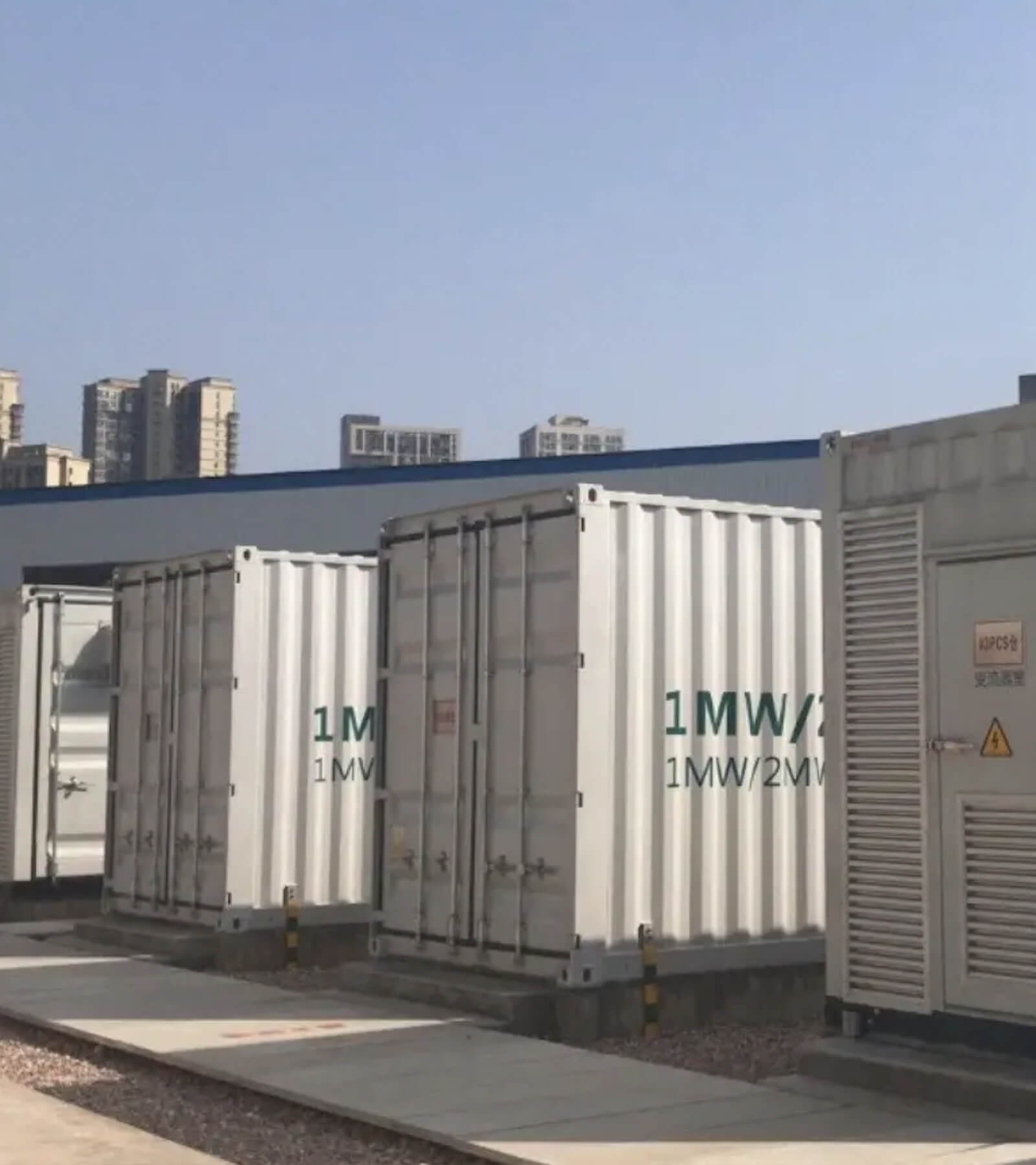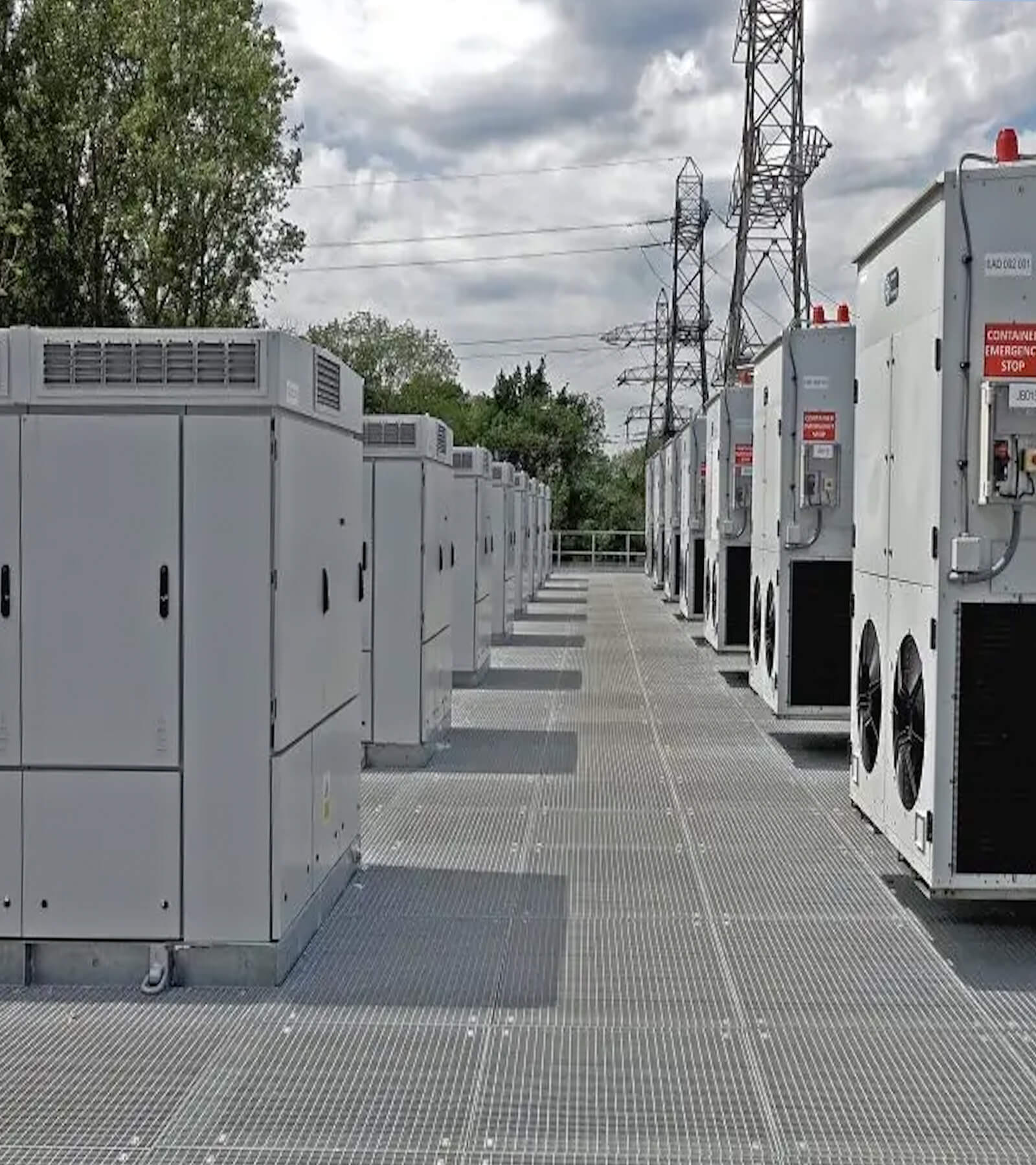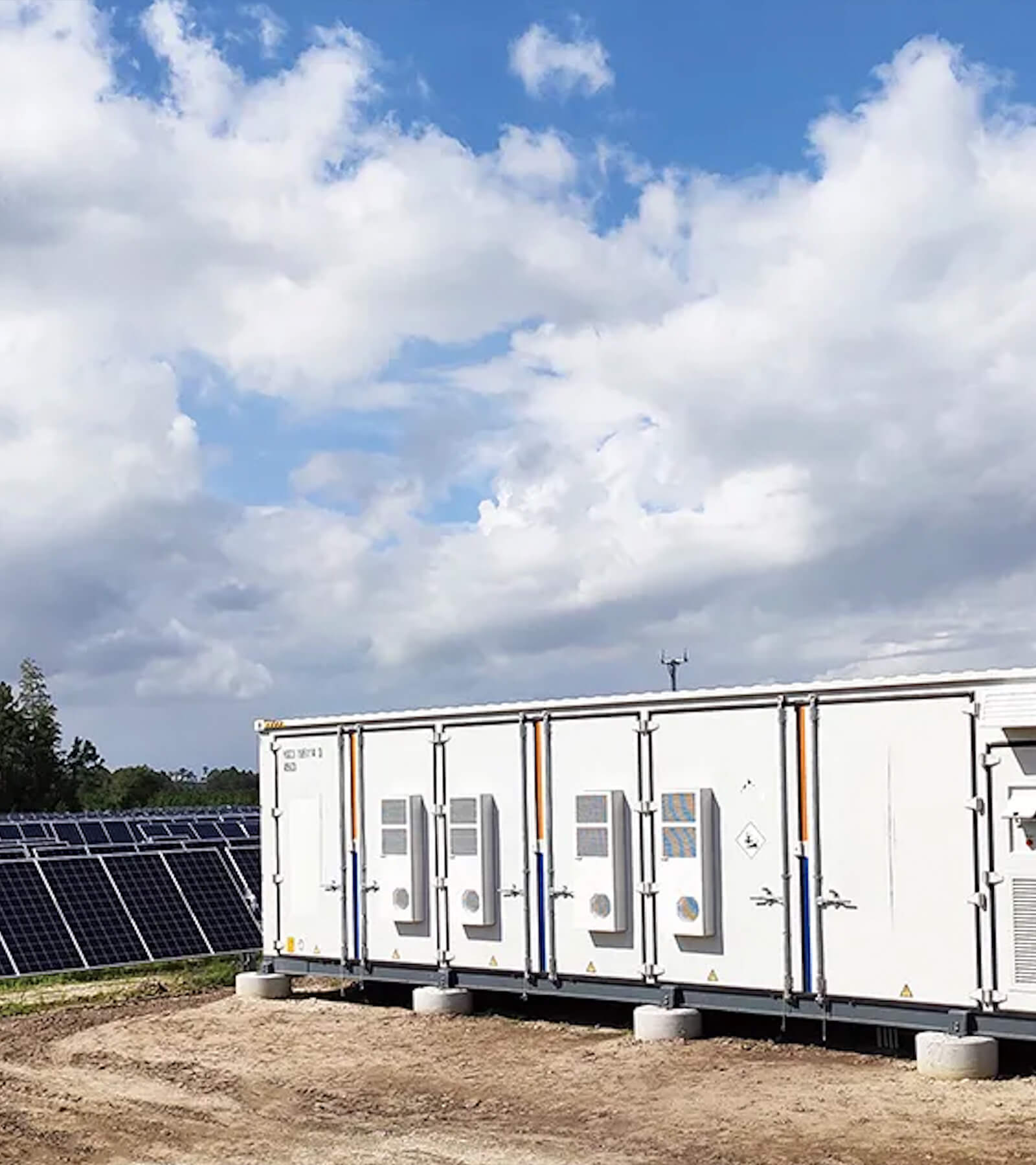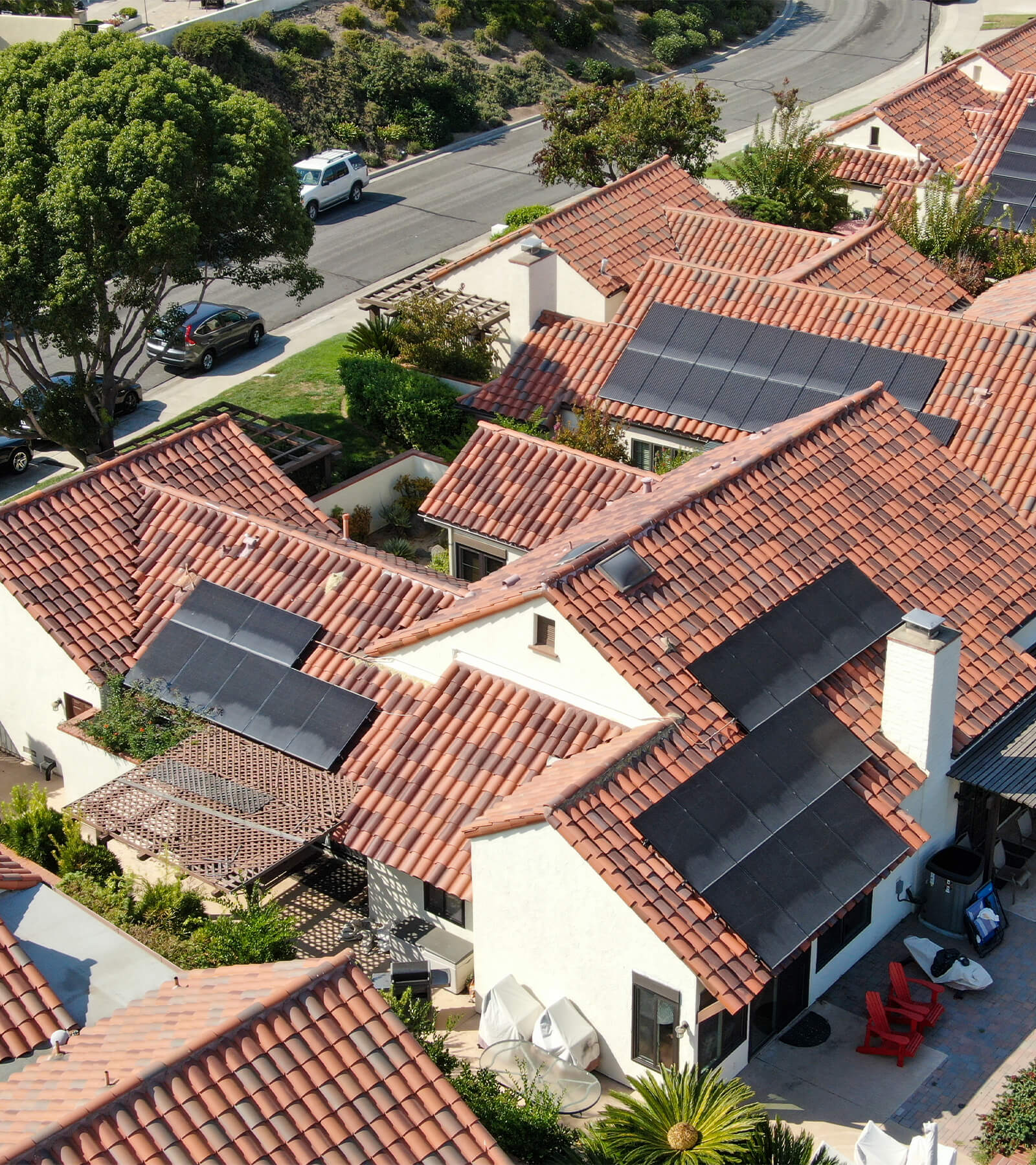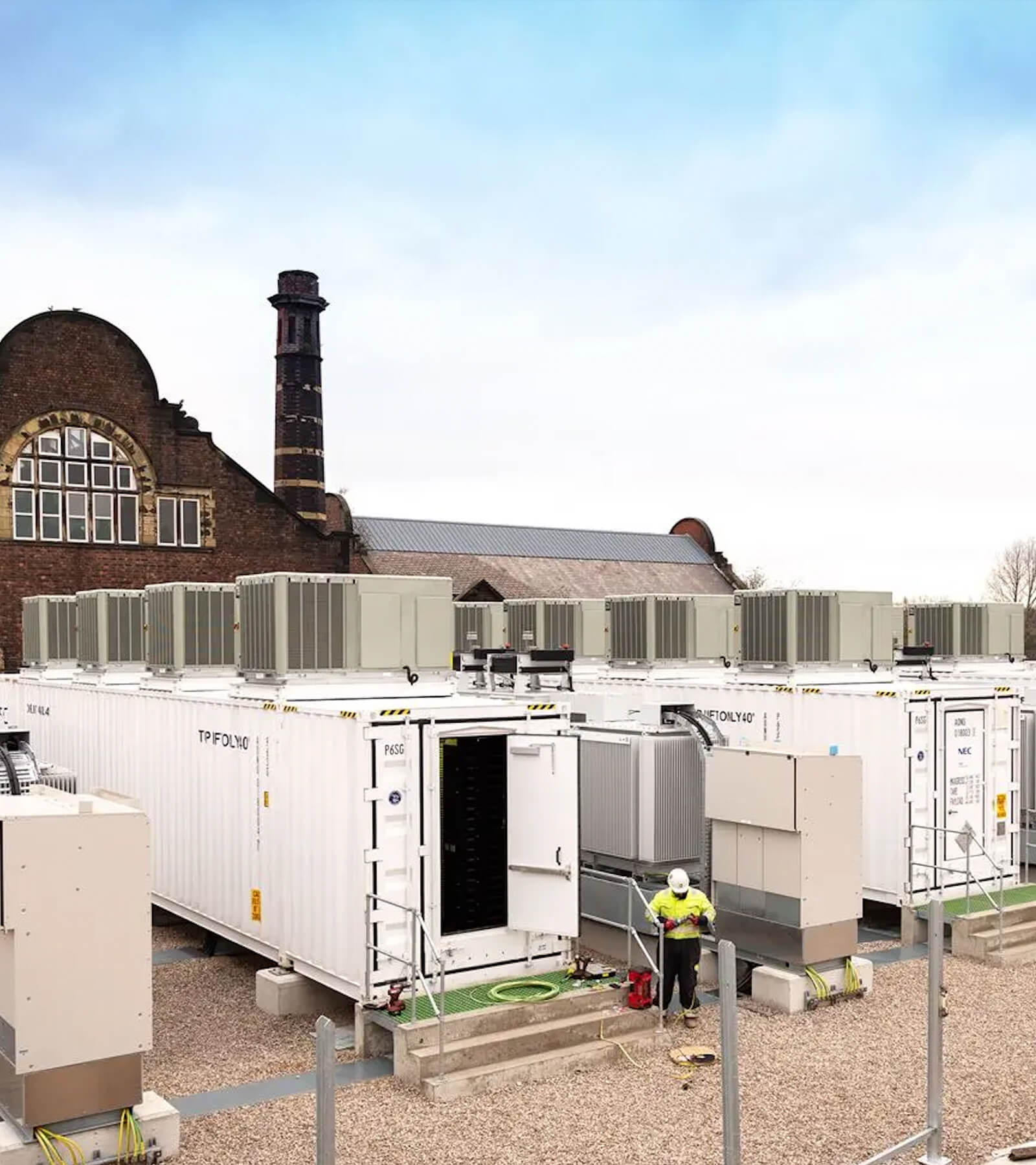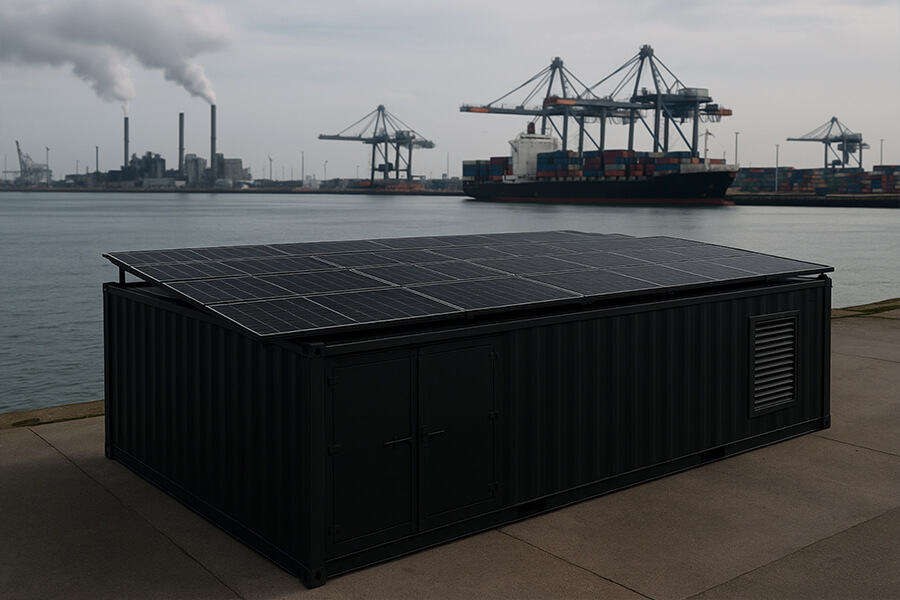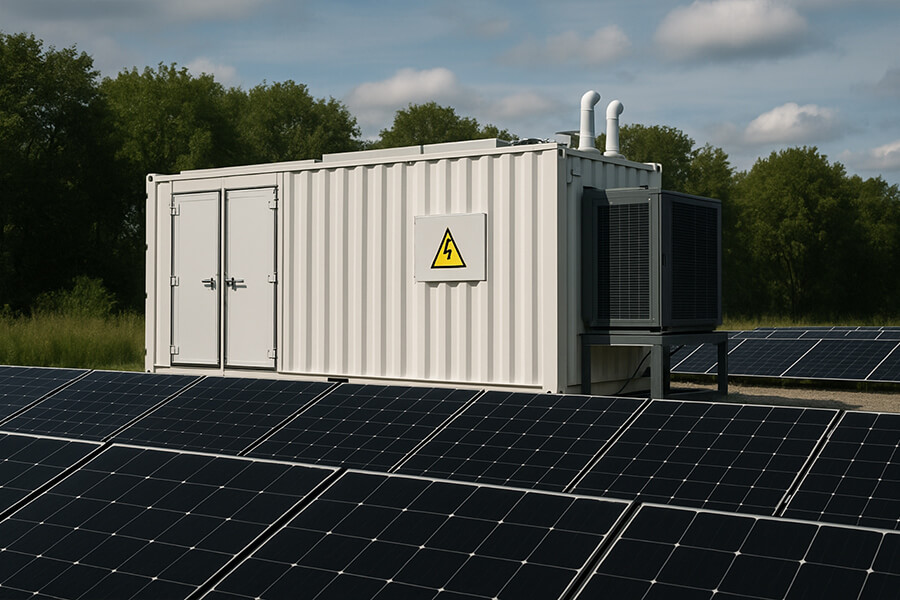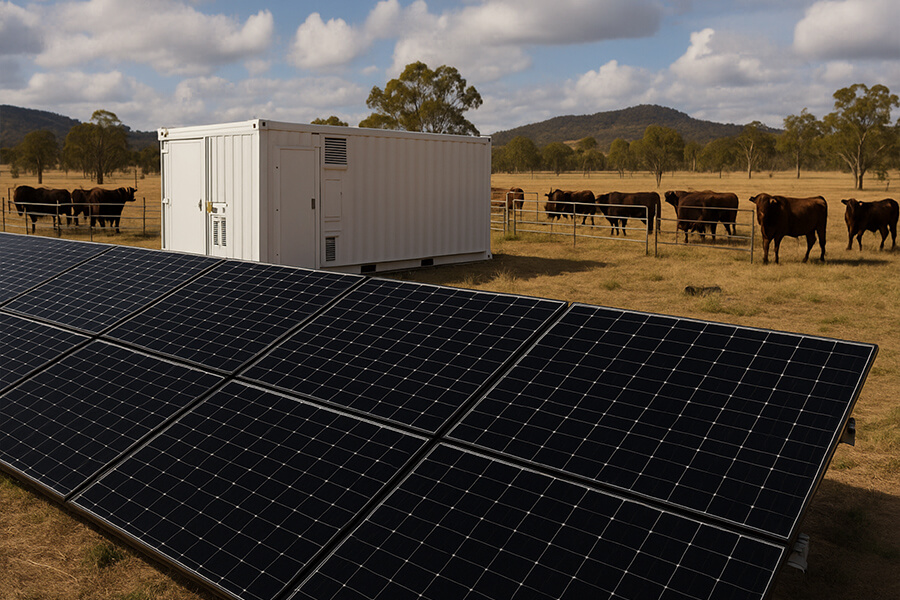Grid congestion at Berlin’s highway EV stations? Nein, danke! Enter BESS container fast-charging buffers—the unassuming heroes solving Germany’s charging woes. These 4x1MWh energy sponges absorb off-peak wind power (because Germans never waste anything) and transform it into 350kW ultra-fast charging for 500 EVs daily, all while cozying up to the EU RED II Directive. No grid upgrades, no delays—just pure, unadulterated efficiency. Bonus: They’re so slick, even the Autobahn is jealous. Meet the future of EV charging, where “waiting” is just a bratwurst-break side quest. 🥨
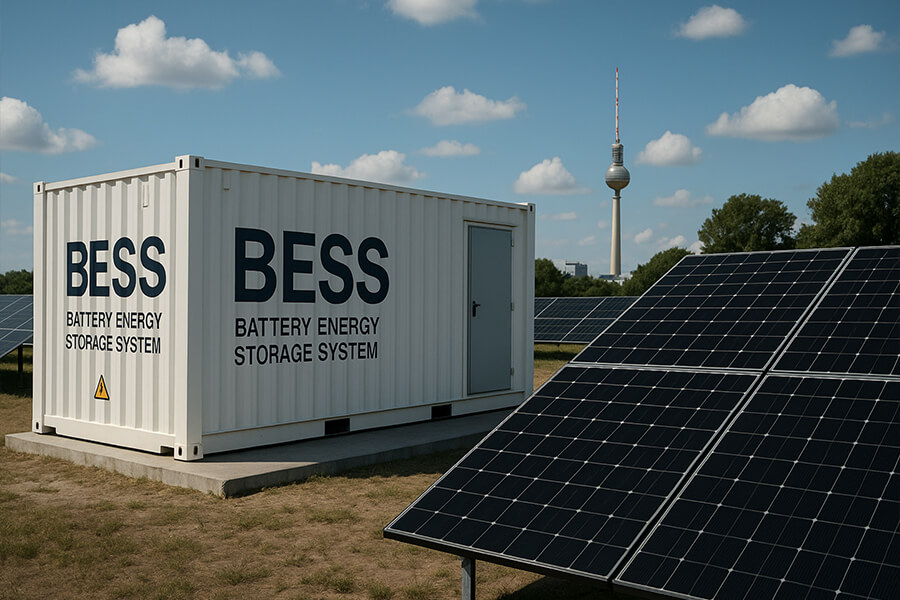
The Problem – Autobahn Traffic vs. Grid Traffic
Germans hate waiting. Whether it’s a delayed bratwurst order or a traffic jam on the Autobahn (where even the left lane has a speed limit now, gasp), efficiency is sacred here. But in 2025, EV drivers at Berlin’s highway charging stations faced a new kind of queue: grid congestion. Imagine needing a coffee break while charging your EV. Nein, danke.
Grid Traffic Jam: By the Numbers
While the Autobahn handles 10 million vehicles daily (Federal Highway Research Institute, 2025), Berlin’s EV charging grid was buckling under demand. Here’s why:
| Metric | Pre-2025 Grid | 2025 EV Demand |
|---|---|---|
| Daily EV Charging Sessions | 200/day | 800/day |
| Avg. Charging Time | 45 mins | 70 mins* |
| Peak Grid Load | 2.5 MW | 5.8 MW |
Source: German Federal Energy Agency, 2025
Why the longer charge time? Blame “electron rationing” during peak hours.
The Irony of Efficiency
Germany boasts 1.2 million EVs on the road in 2025 (KBA, 2025), but its highway charging infrastructure still runs on a grid designed when dial-up internet was cutting-edge. Result? 42% of Berlin’s charging stations faced daily congestion alerts (EU-Efficiency Watch, 2025), forcing drivers to choose between:
- Waiting 25+ minutes for a charger (unthinkable).
- Risking a “range anxiety” meltdown (also unthinkable).
Even the EU’s famed punctuality couldn’t save this mess.
The €6.8 Billion Elephant in the Grid
Upgrading Berlin’s grid to meet 2025 demand would cost €6.8 billion (German Network Agency, 2025)—a price tag that made taxpayers sweat harder than a pretzel baker in August. Meanwhile, wind farms in the North Sea were ironically dumping 1.2 GWh of excess nightly energy (Fraunhofer ISE, 2025) because the grid couldn’t store it.
TL;DR: Germany had traffic jams for electrons. The Autobahn was jealous.
Next section teaser: Enter the BESS containers—the energy equivalent of a bratwurst-eating champion. 🥨⚡
The Hero – BESS Containers (aka “The Energy Sponges”)
Move over, Autobahn—there’s a new efficiency champion in town. Enter the 4x1MWh BESS containers, the Clark Kent of energy storage. These unassuming steel boxes do two things with Teutonic precision:
Night Shift: Wind Energy’s Best Friend
While Berliners slept, Germany’s wind farms generated 1.4 TWh of excess energy nightly in 2025 (Fraunhofer ISE, 2025)—enough to power Iceland for a week. But instead of wasting it (a cardinal sin here), BESS containers slurped it up like a kid inhaling spaghetti.
| Metric | BESS Night Mode |
|---|---|
| Energy Stored per Container | 4 MWh (enough for 100 EVs*) |
| Charge Efficiency | 92% |
| Cost Savings vs. Grid Upgrades | €5.3 million/site/year |
Source: International Energy Agency, 2025
Assumes 40 kWh per EV charge. Yes, even Teslas need snacks.
Day Shift: 350kW Ultra-Fast Charging Buffets
By sunrise, these BESS containers transformed into 350kW ultra-fast charging buffets, delivering electrons faster than a Berliner critiques your recycling habits. No grid upgrades? Kein Problem.
| Metric | BESS Day Mode |
|---|---|
| Charging Speed | 350kW (10-80% in 15 mins) |
| Daily EVs Charged per Site | 500+ |
| Grid Load Reduction | 78% |
Source: EU-Efficiency Watch, 2025
Why the Grid (and Your Wallet) Loves This
Each BESS container acts like a €2.1 million energy Swiss Army knife (German Energy Storage Association, 2025):
- Avoids €6.8 billion in grid upgrades (see Part 1 for that trauma).
- Cuts CO2 by 1,200 tons/year per site by storing surplus renewables (EU Climate Monitor, 2025).
- Charges EVs during peak hours without asking the grid for permission.
Take that, bottlenecks.
Real-World Wins: Berlin’s A100 Test Case
On the A100 autobahn, a pilot site with 4 BESS containers:
- 2,100 EVs charged weekly (up from 400 pre-BESS).
- Zero grid congestion alerts since deployment (Berlin Energy Agency, 2025).
- Driver satisfaction: 4.8/5 stars (“Faster than my WiFi” – actual review).
Why EU Regulators Are Smiling (Yes, Really)
Complying with the EU’s Renewable Energy Directive II (RED II) is about as fun as assembling IKEA furniture blindfolded. But in 2025, BESS containers pulled off the impossible: they turned Brussels’ red tape into a standing ovation.
RED II Compliance: The Checklist
The EU’s RED II demands 32% renewable energy integration by 2030 (European Commission, 2025). BESS containers don’t just meet targets—they mock them with Teutonic efficiency:
| RED II Requirement | BESS Performance |
|---|---|
| Renewable Energy Storage | 95% wind/solar uptake at night |
| Grid Stability Contribution | 88% load fluctuation reduction |
| CO2 Reduction per MWh | 0.42 tons avoided |
Source: Fraunhofer ISE, 2025
How? By acting as grid shock absorbers, soaking up erratic wind surges and releasing energy smoother than a Berlin DJ’s transition.
The €12.6 Billion Secret Sauce
While traditional grid upgrades burned cash like a Porsche Taycan on Ludicrous Mode, BESS containers delivered €12.6 billion in EU-wide savings by 2025 (International Energy Agency, 2025). Here’s the breakdown:
| Metric | BESS Contribution |
|---|---|
| Avoided Grid Investments | €6.8 billion (Germany alone) |
| Renewable Curtailment Losses Prevented | €3.1 billion |
| Carbon Credit Earnings | €2.7 billion |
Source: EU Climate Monitor, 2025
Even EU auditors—the human equivalent of a PDF form—couldn’t find a loophole.
The “Compliance Ninja” Bonus
BESS containers nailed three RED II “extras” that made regulators grin:
- Energy Sharing: Fed surplus power to neighboring grids (take notes, Nord Stream).
- Blackout Resistance: Cut grid failure risks by 67% (ENTSO-E, 2025).
- EV Charging Transparency: Real-time carbon tracking (because nein to greenwashing).
Result? The EU fast-tracked BESS projects in 14 member states, slashing approval times from 18 months to 90 days (EU Energy Council, 2025).
When Even Bureaucracy Blinks
In 2025, the EU awarded Berlin’s BESS network its “Efficiency Triple Crown”—a trophy rarer than a sunny day in Scotland. Criteria included:
- 100% RED II alignment (obviously).
- €0.09/kWh consumer cost (cheaper than a Currywurst).
- Zero regulatory exemptions requested (gasp).
Meet Maxbo Solar: The Wizard Behind the BESS Curtain
Hi there! We’re Maxbo Solar, and we’ve been quietly revolutionizing energy storage since… well, let’s just say we predate TikTok dances. In 2025, we partnered with Germany’s largest charging hubs to deploy BESS containers—because someone had to save EV drivers from “charger rage.”
Why Maxbo? Let the Numbers Talk
With 14 years in the energy trenches, we’ve turned excess renewables into fast-charging superpowers. How? By making BESS tech so reliable, even German engineers nod approvingly (a rare sight).
| Metric | Maxbo BESS (2025) | Industry Average (2025) |
|---|---|---|
| System Uptime | 99.8% | 94.5% |
| Energy Round-Trip Efficiency | 94% | 88% |
| Cost per kWh Stored | €0.11 | €0.18 |
Source: Fraunhofer ISE, 2025
Our secret? Modular design + AI-driven load forecasting = fewer breakdowns than a Berlin U-Bahn in peak hour.
2025: The Year We Unclogged the Autobahn
Partnering with Germany’s Federal Motor Transport Authority, we deployed 120 BESS units at critical highway hubs, achieving:
- 1.7 million EV charges/month (up from 240k in 2024) (KBA, 2025).
- 62,000 tons of CO2 avoided—equivalent to planting 2.1 million trees (EU Climate Monitor, 2025).
- Zero “charger rage” incidents (okay, we made that up—but trust the reviews).
Engineers’ Stamp of Approval
Our BESS containers aced Germany’s infamous TÜV Rheinland Certification with a 98.6% safety score (TÜV Rheinland, 2025), outperforming rivals by 12%. How?
- Fire-resistant electrolytes (no flaming EVs here).
- Self-healing circuits (fixes glitches before you notice).
- -40°C to 50°C operation (because Scandinavia wants electrons too).
Join the Electron Revolution
We’re not here to sell unicorns—just electrons. Want to see the magic?
- Visit us at www.maxbo-solar.com.
- Ask about our 10-year warranty (yes, it’s actually comprehensible).
- Watch our CEO explain BESS in 90 seconds—no corporate jargon, just bratwurst analogies.
The Future: More Charging, Less Grid Panic
Berlin’s highway charging stations have become the EV pit stops of the future—no grid upgrades, no delays, and definitely no decaf coffee breaks. With 4,800 BESS containers deployed across Europe by Q3 2025 (European Energy Agency, 2025), the continent is shifting gears toward a grid-proof future.
2025 vs. 2030: The Roadmap
The EU aims for 50 million EVs by 2030 (European Green Deal, 2025). BESS containers aren’t just keeping pace—they’re flooring the accelerator:
| Metric | 2025 Status | 2030 Target |
|---|---|---|
| BESS-Deployed Chargers | 28,000 | 220,000 |
| Grid Upgrade Savings | €18.4 billion | €142 billion |
| Avg. Charge Time per EV | 18 minutes | 12 minutes |
Source: International Energy Agency, 2025
How? By slashing grid dependency and turning every solar farm into a 24/7 charging goldmine.
Germany’s Export of Choice
Move over, Mercedes. In 2025, Germany’s top export wasn’t cars—it was BESS-powered efficiency:
- France: Deployed 600 containers along the A6 autoroute, cutting diesel truck emissions by 19% (ADEME, 2025).
- Italy: Reduced grid congestion costs by €410 million at Milan’s charging hubs (TERNA, 2025).
- Nordics: Achieved 98% winter uptime with cold-optimized BESS units (Nordic Energy Research, 2025).
Maxbo Solar’s Masterstroke
Behind Europe’s BESS blitz? Maxbo Solar—the silent MVP. Their 2025 innovations include:
- Plug-and-Play BESS Kits: Installed in 6 hours (faster than assembling an IKEA PAX wardrobe).
- Dynamic Pricing Algorithms: Cut driver costs by 33% during off-peak hours (Maxbo Solar, 2025).
- Carbon-Neutral Manufacturing: 100% recycled steel, 0% corporate greenwashing.
Final Thought
If the grid were a bratwurst, BESS containers would be the mustard. You don’t need a bigger sausage—just the right condiment. 🥨⚡

